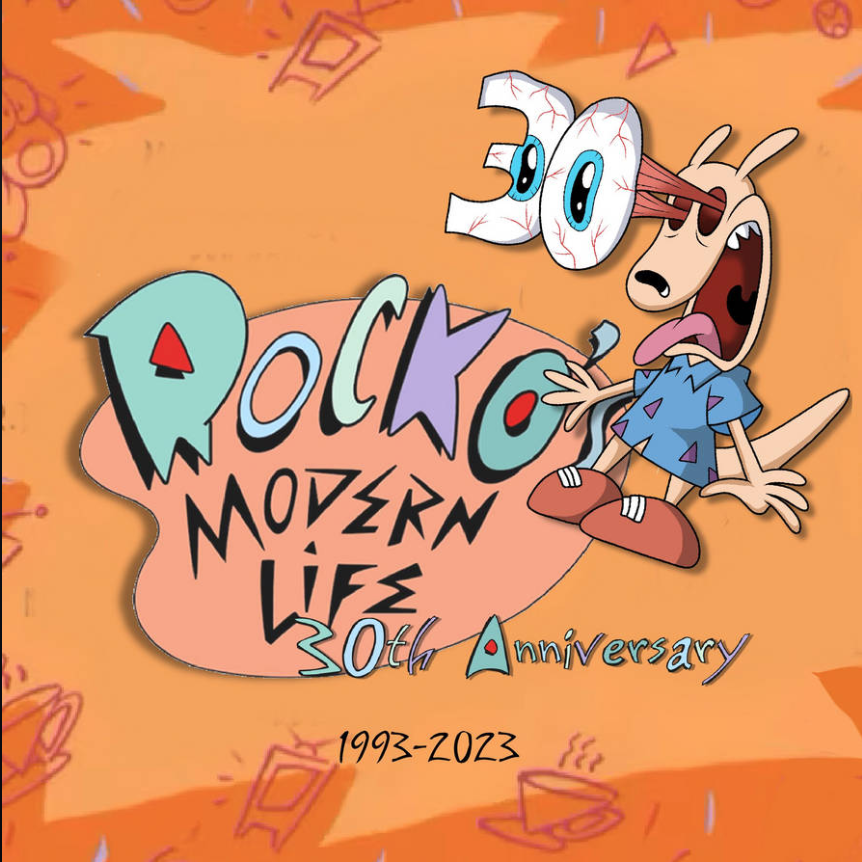Start by understanding your audience and their needs. What are they searching for? What questions do they have?
Ah, the 90s. A time of dial-up modems, neon graphics, and websites built with blocks of static HTML. Remember Geocities, with its sprawling suburbs of personal pages plastered with glitter GIFs and animated cursors? It was the Wild West of web design, where structure was an afterthought and SEO was a twinkle in Larry Page’s eye.

Fast forward to today’s sleek, dynamic landscapes. WordPress reigns supreme, open source platforms empower the masses, and content reigns king. But amidst the visual flourishes and user-friendly interfaces, one crucial element remains the bedrock of a successful website: information architecture.
Rethinking the Principles of IA Optimization
Think of your website as a symphony. Content is the melody, weaving its way through pages and posts. But without a meticulously structured architecture, your masterpiece can become a cacophony of confusion, leaving both users and Google lost in the noise.
So, how do we craft an information architecture that’s not just user-friendly, but SEO-savvy? Here’s the four-movement concerto you need to master:
Movement I: The Grand Taxonomy:
Before a single note is played, we need a framework. This is where taxonomy, the art of classifying and organizing information, comes in. Think of it as the musical scale, the foundation on which your content rests.
Start by understanding your audience and their needs. What are they searching for? What questions do they have? Map these queries onto clear categories and subcategories, creating a logical hierarchy that makes sense to both humans and search engines. This isn’t just about keywords; it’s about crafting a system that guides users to the information they crave, while sending clear signals to Google about your website’s relevance.
Movement II: The Enchanting Navigation:
Now for the melody, the navigation that guides users through your symphony of content. Make it intuitive, predictable, and consistent. Imagine your navigation as the sheet music, guiding users with clear labels and logical pathways. Drop-down menus should be thoughtfully organized, breadcrumbs should leave a clear trail, and internal linking should become a dance between related content, creating a web of discoverability for both users and search engines.
Movement III: The Harmonious Content:
With the framework and navigation in place, it’s time for the heart of the symphony – the content itself. Each page is a note, each paragraph a phrase, and each image a flourish. Remember, content is king, and it needs to be optimized for both humans and search engines.
Weave relevant keywords organically into your writing, without sacrificing readability. Use headings and subheadings to create structure and guide the eye. Optimize images with alt text, and don’t forget the power of internal linking, connecting relevant content within your site to create a tapestry of information.
Movement IV: The SEO Crescendo:
The final movement is where your symphony reaches its peak. This is where you fine-tune your architecture for maximum SEO impact. Use tools like Google Search Console and Semrush to analyze your website’s performance, identify areas for improvement, and ensure your content is reaching the right audience. Don’t be afraid to experiment, track results, and adjust your architecture accordingly. Remember, SEO is an ongoing performance, not a one-time concert.
Why Information Architecture Matters More Than Ever
Think of your website as a house. A beautiful facade is all well and good, but if the rooms are poorly connected, the plumbing leaks, and the attic is a tangled mess, who wants to live there? Similarly, a website with a clunky architecture, where relevant information is buried in sub-sub-subdirectories, is a nightmare for both users and search engines.
Here’s why meticulously structuring your website’s information architecture is more important than ever in the SEO game:
- Search Engine Bots Love Logic: Search engines like Google crawl your website, following links and mapping connections. A well-organized site with clear pathways makes their job easier, and they’re more likely to discover and index your valuable content.
- Users Seek Clarity, Not Chaos: No one enjoys navigating a labyrinth of clickbait headlines and dead ends. A clear, intuitive information architecture makes it easy for users to find what they need, boosting engagement and conversions.
- Keyword Relevance Takes Center Stage: Keywords are still king, but their power lies in context. A well-structured website allows you to naturally distribute relevant keywords throughout your content, sending strong signals to search engines about your site’s thematic focus.
Ready to Conduct Your Own SEO Symphony?
Building a successful website requires more than just catchy visuals and trendy plugins. It’s about crafting a meticulously structured information architecture that resonates with both users and Google. Master the four movements of this SEO symphony, and your website will be poised to rise above the digital din and become a destination for success.
Learning Resources for Aspiring SEO Conductors
Craft your information architecture with precision, let your content sing its story, and watch your website rise to the top of the search engine symphony. The stage is yours, and the audience awaits.









